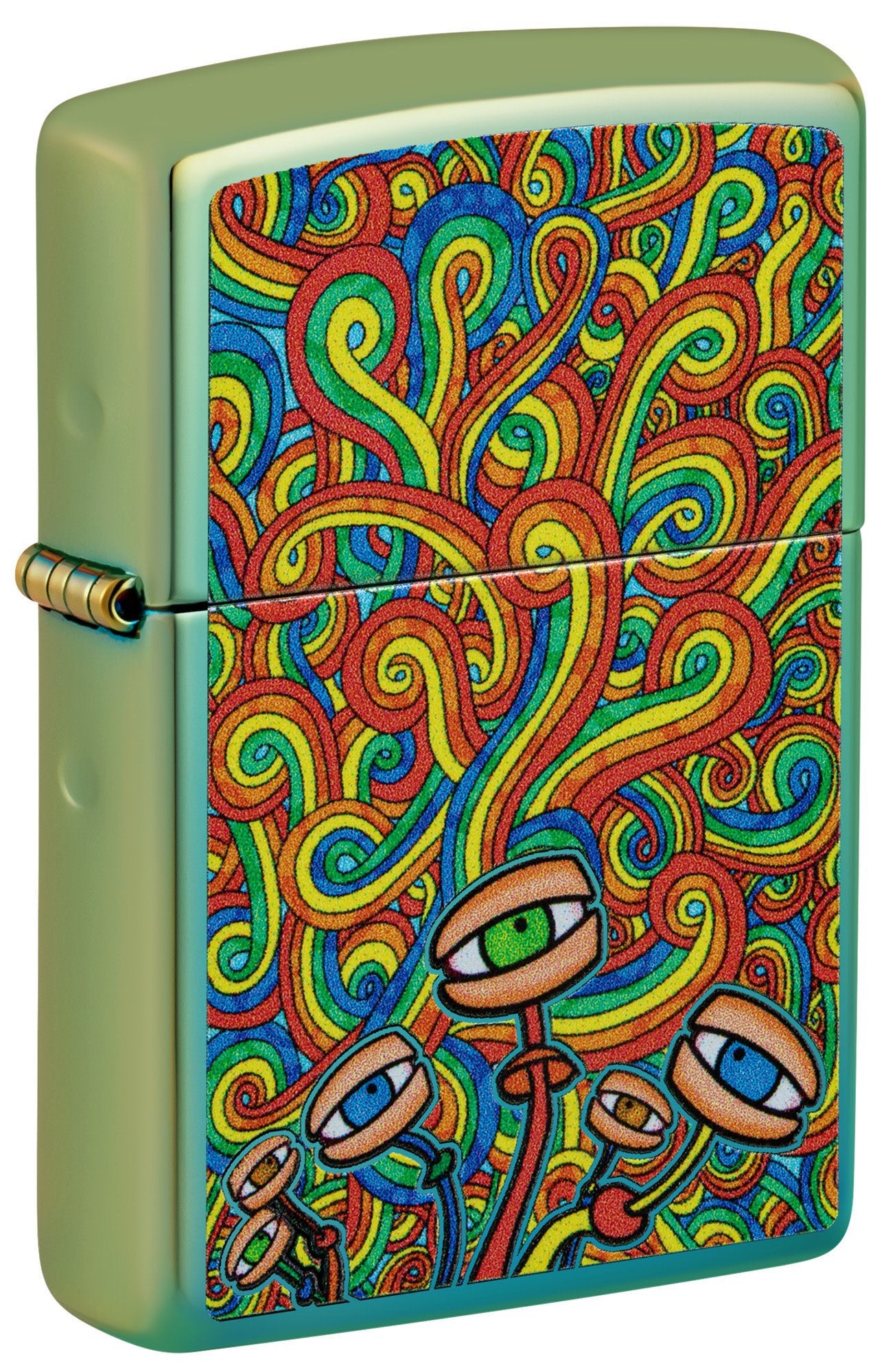All Concerning Psychotomimetic Compounds: Their Function in Psychological Research
Psychotomimetic compounds, such as LSD and psilocybin, have garnered raising interest in psychological research for their ability to reproduce psychotic signs and symptoms and offer understanding right into various psychological health problems. Their communications within the brain, especially with serotonin and dopamine paths, suggest a complicated partnership in between consciousness and neurobiology that may open unique restorative avenues. As scientists remain to examine their prospective applications, ethical factors to consider bordering their use in professional setups come to be critical, increasing important questions about safety and notified permission that necessitate additional expedition.
Meaning of Psychotomimetic Compounds
In the world of psychological research study, psychotomimetic compounds are materials that can induce effects looking like those of psychosis, such as hallucinations, misconceptions, and modified assumptions of fact - About Golden Psycho. These substances can be categorized right into different categories, including hallucinogens, dissociatives, and certain energizers, each generating distinct psychological impacts
The pharmacological action of psychotomimetic compounds usually includes inflection of neurotransmitter systems, specifically those pertaining to serotonin, dopamine, and glutamate. Materials like lysergic acid diethylamide (LSD) largely act on serotonin receptors, leading to extensive changes in sensory understanding and cognition.
The utility of psychotomimetics in research study lies in their capacity to mimic psychotic signs and symptoms, providing a design for understanding the underlying devices of psychotic problems such as schizophrenia. By studying the effects of these compounds, scientists can gain understandings right into the neurobiological and mental procedures that add to psychosis.
Moreover, psychotomimetic compounds have actually been discovered for their healing capacity in treating different mental health problems, including anxiety and anxiety, highlighting their double function in both research and prospective medical applications.
Historical Advancement and Context
The expedition of psychotomimetic compounds has a rich historical context that dates back to ancient worlds, where compounds such as psilocybin mushrooms and peyote were utilized in spiritual and healing practices. These early usages frequently linked with religious routines, recommending an extensive respect for the modified states of awareness generated by these compounds.
The mid-20th century marked a considerable juncture in the research study of psychotomimetic compounds, particularly with the synthesis of LSD by Albert Hofmann in 1938. The subsequent popularization of LSD in the 1960s catalyzed a wave of rate of interest in both its psychological effects and prospective therapeutic applications. Researchers began to check out exactly how these materials could imitate psychotic states, providing understandings right into mental disorder.
Nevertheless, the enhancing organization of psychotomimetics with counterculture movements led to governing backlash, culminating in the criminalization of most of these compounds. Regardless of these challenges, the renewal of passion in the therapeutic potential of psychedelics in the 21st century has triggered restored research. This historic trajectory emphasizes the evolving understanding of psychotomimetic compounds, changing from sacred substances to topics of scientific inquiry and, potentially, restorative guarantee.
Systems of Activity
Understanding the mechanisms of activity of psychotomimetic compounds exposes the detailed ways these substances communicate with the mind's neurochemistry. These substances mainly exert their impacts through modulation of natural chemical systems, specifically serotonin, dopamine, and glutamate.
Along with serotonin, dopaminergic paths are significantly affected by compounds like mescaline and particular cannabinoids, which can result in transformed states of awareness and adjustments in state of mind and inspiration. Moreover, the NMDA receptor antagonism observed with compounds like ketamine highlights one more path through which psychotomimetics might cause dissociative states and profound alterations in believed procedures.
The neurochemical waterfalls started by these interactions lead to complicated and complex emotional results. Understanding these systems is crucial for both the innovation of why not try these out mental study and the healing capacity of psychotomimetic substances, as they provide understandings right into the underlying neural correlates of modified states of awareness.
Current Study and Applications
Current examinations right into psychotomimetic substances have actually revealed a rebirth of interest in their therapeutic applications, particularly in the fields of psychiatry and psychology. Scientists have started checking out compounds such as psilocybin, LSD, and ayahuasca for their prospective to relieve signs and symptoms related to numerous mental health problems, consisting of depression, stress and anxiety, and PTSD.
Clinical tests have actually demonstrated that, when carried out in regulated settings, these compounds can help with extensive emotional experiences, promoting emotional developments and boosted healing outcomes. For example, research studies have actually shown that psilocybin-assisted treatment can result in significant decreases in treatment-resistant anxiety, with results lasting for a number of months post-treatment.
Additionally, psychotomimetic substances are being reviewed for their capacity to foster neuroplasticity, possibly permitting even more effective rewiring of maladaptive idea patterns. These searchings for suggest that such compounds may act as complements to traditional psychotherapeutic techniques, improving the efficacy of therapeutic interventions.
As study proceeds, the emphasis is shifting in the direction of recognizing the ideal does, therapeutic settings, and participant qualities that can make best use of the benefits of these substances. This burgeoning area holds pledge for changing mental health and wellness treatment standards and dealing with the limitations of traditional psychiatric medications.
Moral Factors To Consider in Research Study

Navigating the moral landscape of study involving psychotomimetic substances is vital to ensuring participant security and the stability of research results. Researchers must focus on enlightened authorization, making certain that participants fully understand the possible threats and benefits associated with the compounds being researched. This includes providing in-depth details concerning possible emotional results, consisting of acute and long-term influences, and enabling participants the chance to take out from the research study any time scot-free.
Additionally, honest oversight by institutional testimonial boards (IRBs) is essential. IRBs examine research study methods to safeguard individual welfare and maintain honest criteria. This examination assists minimize risks and ensures that studies are carried out with clinical roughness. Furthermore, our website the potential for browbeating must be carefully examined, particularly when prone populaces are included.
Discretion is an additional critical factor to consider. Researchers should apply durable measures to safeguard individuals' identities and data, especially offered the sensitive nature of experiences related to psychotomimetic substances (About Golden Psycho). Eventually, a commitment to honest techniques not only fosters depend on between scientists and individuals but also enhances the reputation and validity of the research study end results, contributing to the innovation of psychological understanding

Verdict
To conclude, psychotomimetic compounds, specifically traditional psychedelics such as LSD and psilocybin, deal substantial understandings right into emotional disorders via their distinct devices of action. Their restorative possibility in dealing with problems like stress and anxiety and PTSD highlights the importance of continued research study in this area. Making certain moral criteria in study techniques is important for participant security and informed consent, permitting for an accountable exploration of these substances' advantages and effects within Continue psychological science.